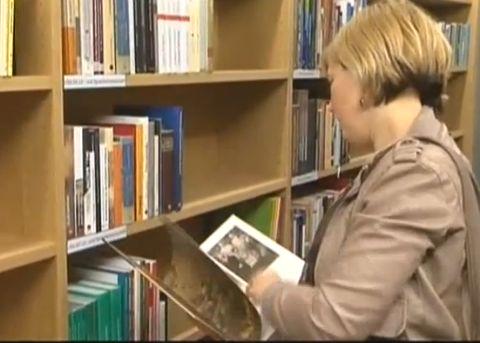
After centuries under Hapsburg rule, the Slovenian people experienced a period of national reawakening in the 19th century. The era saw the opening of reading rooms – known as “čitalnice” – across the Slovenian lands. Even though they served as centers of intellectual life, they attracted people from all walks of life.
This unique institution began with the creation of informal reading societies. By the 1860s, however, official reading rooms were quickly spreading throughout the Slovenian lands, first in the cities and then is small towns. At their height, in the late 19t century, there were more than 80 Slovenian reading rooms with several thousand members.
In an era when the German language dominated much of public life, the reading rooms provided access to Slovenian-language books and newspapers, including some that were frowned-upon by the authorities. They also provided an opportunity for the elites to gather and discuss the status of the Slovenian people under Hapsburg rule and even, in some cases, to discuss plans for joint political action. The reading rooms became a popular venue for the celebration of holidays, and Slovenian-language plays were sometimes staged on their premises.
In fact, they were so popular that their appeal began to spread beyond the elites. In some towns, even members of the peasantry became regulars at reading rooms. In an era when few people had the opportunity to receive a formal education, reading rooms emerged as important centers of learning.
By the beginning of the 20th century, a widening split between liberal and conservative Slovenians and the availability of new outlets for Slovenian culture led to a decline in the tradition of reading rooms. But they had done their job well; they were one of the key elements of the Slovenian national reawakening, and a key political weapon of a subjugated nation that had decided to stand up for its rights not with arms but with culture.

































































